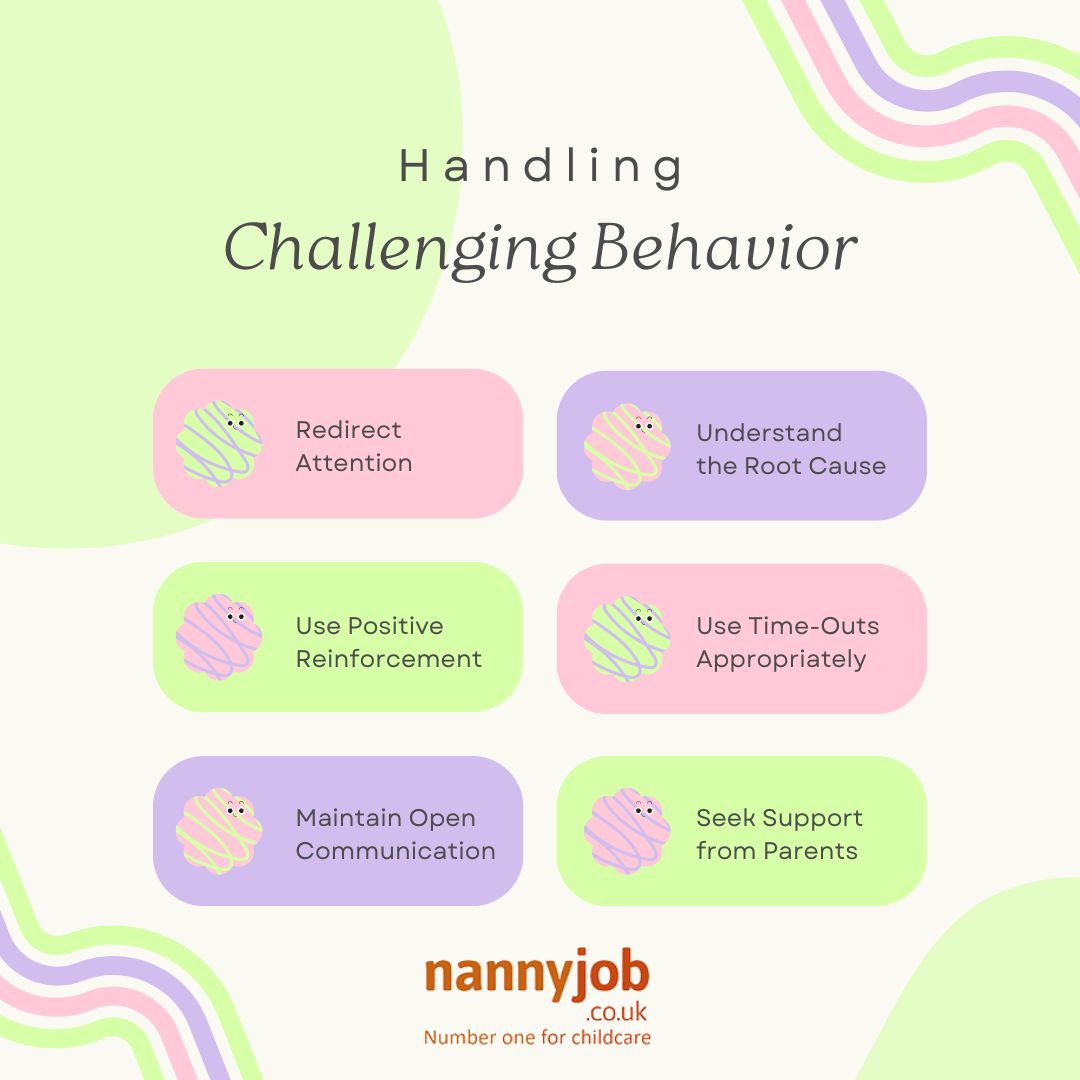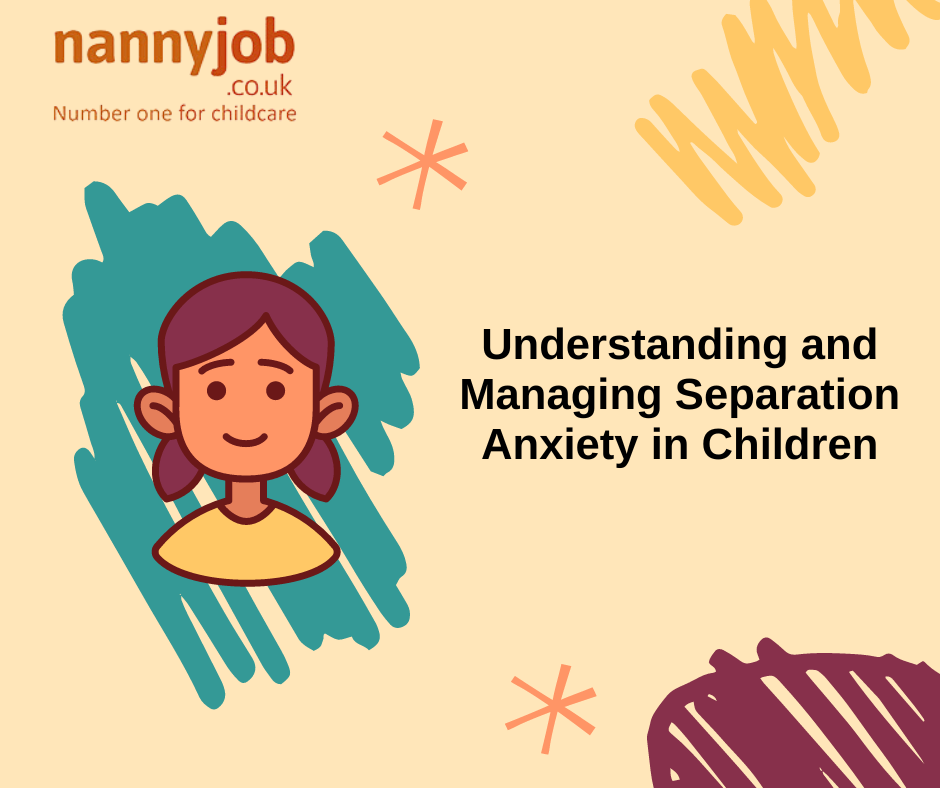Introduction
Children thrive on consistency and predictability. A well-structured daily routine provides the foundation for a sense of security, helps manage expectations, and fosters healthy habits. Whether at home, in school, or in childcare settings, routines play a crucial role in a child’s development and well-being. For parents, nannies, and childcarers, establishing a daily routine can be one of the most effective tools for promoting positive behavior, reducing stress, and supporting a child’s overall growth. Here’s why setting a daily routine for children is so important, and how to create one that works for your family.
1. Provides Structure and Stability
Children, especially younger ones, rely on structure to understand their day. A routine provides a predictable pattern that helps them feel secure and grounded. Knowing what to expect next reduces anxiety and allows children to transition more smoothly between activities. This sense of stability is especially beneficial during times of change, such as moving to a new home or starting a new school.
2. Helps Manage Expectations
A daily routine sets clear expectations for both children and caregivers. It establishes when it’s time for activities like waking up, eating, playing, doing homework, and going to bed. By knowing what’s expected of them, children can develop self-discipline and learn to manage their time effectively. This predictability can also reduce conflicts and power struggles, as children are more likely to follow a routine that they are familiar with.
3. Encourages Independence and Responsibility
Routines provide children with a framework within which they can operate independently. Simple tasks, such as brushing teeth, getting dressed, or packing their school bag, become second nature when they are part of a consistent routine. As children grow, these routines help them develop responsibility and independence, building confidence in their ability to take care of themselves and manage their own tasks.
4. Supports Healthy Habits
Consistent routines help establish and reinforce healthy habits. Regular mealtimes, adequate sleep, and time set aside for physical activity contribute to a child’s overall health and well-being. A bedtime routine, for instance, can improve sleep quality, while a structured time for homework and reading fosters academic success. By embedding these habits into daily routines, children learn to prioritize their well-being from an early age.
5. Reduces Stress for Both Children and Caregivers
Routines reduce the need for constant decision-making throughout the day, which can alleviate stress for both children and caregivers. When children know what’s coming next, they’re less likely to feel overwhelmed or anxious. For caregivers, routines simplify daily management, making it easier to plan and coordinate activities. This shared sense of order can lead to a calmer, more harmonious environment for everyone.
6. Facilitates Smooth Transitions
Transitions, such as moving from playtime to bedtime or from home to school, can be challenging for children. A consistent routine provides cues that help children prepare for these changes. For example, a bedtime routine might include bath time, reading a book, and dimming the lights, all of which signal to the child that it’s time to wind down and go to sleep.
How to Create an Effective Daily Routine
- Start Small: Begin by establishing a routine for one part of the day, such as the morning or bedtime. Once this routine is established, gradually add other parts of the day.
- Be Consistent: Consistency is key to making routines effective. Stick to the routine as closely as possible, even on weekends or holidays.
- Involve Your Child: Involve your child in creating the routine. Allowing them to have input can make them more invested and cooperative.
- Be Flexible: While consistency is important, it’s also essential to remain flexible. Life happens, and sometimes routines need to be adjusted. Be open to making changes as needed.
- Use Visual Aids: For younger children, visual schedules with pictures can help them understand and follow the routine. Older children might benefit from a written schedule or checklist.
Conclusion
A daily routine provides the structure, security, and consistency that children need to thrive. By setting clear expectations and incorporating healthy habits, routines can make everyday life smoother and more manageable for both children and caregivers. Remember, the goal is not to create a rigid schedule but to establish a flexible, predictable framework that supports your child’s development and well-being. With patience and consistency, you can build a routine that works for your family and fosters a positive, nurturing environment for your child.










